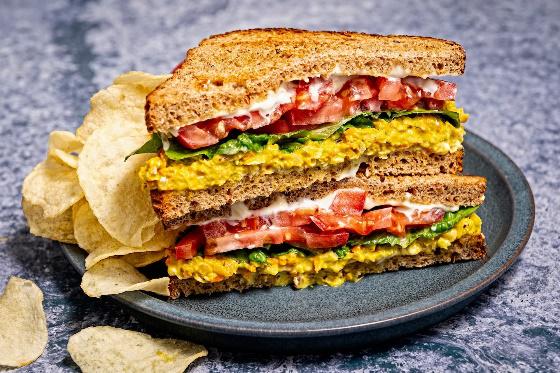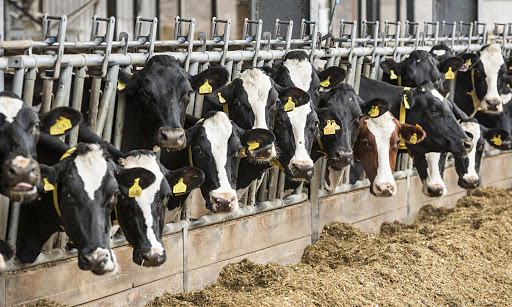Memorial Service for Emmy Lu Daly
A memorial service for Emmy Lu Daly will be held in person at Seekers Church
Friday, May 31 at 11am.
The service will be streamed live via Zoom.
Please contact LivingWater@Seekerschurch.org for the zoom link or other questions regarding this event.
Seekers Online Art Gallery 2024 presents “Celebrating the Colors of Life” by Cynthia Farrell Johnson

Opening Reception: Sunday, April 28, 11:30am – 2:00pm
Seekers Church is pleased to host a show by Cynthia Farrell Johnson, a local BIPOC artist featuring both secular and faith images in joyful living colors in paintings and prints.
Seekers Online Art Gallery 2024 presents “Visions” by Deborah Sokolove”

Opening Reception: Sunday, February 25, 11:30am – 2:00pm
Pieces from this show are offered to loving homes. The artist requests that you consider making a donation to Seekers Church in gratitude
A Sandwich for Saint Francis . . .
Here’s some news about CreatureKind’s St. Francis Day service, and a great chickpea sandwich recipe.
Bless the Animals with CreatureKind
Our partner community, CreatureKind, sends this invitation to Seekers: We warmly invite you to join us in celebration of St. Francis Day, patron saint of animals and the environment, in a CreatureKind Blessing of the Animals service on Wednesday, October 4th, 2023 at 1:00PM EDT/ 5:00 PM GMT.

This will be a 30-minute service where we will lift up prayers for all animals farmed for food – from the land, sea, and sky – and for companion animals who are a deep part of our families. The biblical narrative reminds us that we can learn from animals, and be spiritually guided by them. Their lives are not defined by the industrial world that causes them intense pain and loneliness. Let us celebrate their existence, acknowledge their suffering on Earth, and bless them in our pursuit to peacefully exist with each other without destruction.
You can register here to join us, or for a link to the service afterwards if you can’t make it. The service will also be streamed on FacebookLive.
We are so grateful you are part of our CreatureKind community. Hope to see you there.
Read more: A Sandwich for Saint Francis . . .A Chickpea Salad Sandwich
This recipe from beloved vegan cookbook author Isa Chandra Moskowitz appeared in today’s Washington Post.
Kala namak is also known as black salt and adds the “eggy” flavor to this dish. (To those of us who haven’t eaten eggs in a long time, it tastes a whole lot better than the eggs we remember.) For more on kala namak, see the full article in the Post.

If you decide to treat yourself to these sandwiches and lack vegan mayo, note that it’s quick and easy to make your own using the liquid from the can of chickpeas the recipe calls for. Here’s a link to one recipe for that, and the internet holds many more.
Thanks to Sandra Miller for sending this in!
“Eggy” Chickpea Salad Sandwiches
Adapted from I Can Cook Veganby Isa Chandra Moskowitz (Abrams, 2019).
- 1 (15-ounce) can no-salt-added chickpeas, drained and rinsed (or 1 1/2 cups cooked chickpeas)
- 1/4 cup vegan mayonnaise, plus more as needed
- 1/2 teaspoon kala namak, plus more as needed
- 1/2 teaspoon ground turmeric
- 1/4 teaspoon freshly ground black pepper, plus more as needed
- 1 medium carrot, scrubbed and very finely chopped
- 1 rib celery, finely chopped
- 1/2 cup finely chopped red onion
- 8 slices whole-wheat bread, toasted
- Lettuce leaves, preferably romaine, for serving
- Tomato slice, for serving
In a medium bowl, use a potato masher or fork to mash the beans until the mixture is chunky but with a few beans left whole.
Add the mayonnaise, kala namak, turmeric and pepper and stir until well combined. Fold in the carrot, celery and onion, and taste, adding more mayonnaise, kala namak and/or pepper if needed.
To build the sandwiches, spread mayonnaise on all the bread slices, if desired. Spread about 1/2 cup of the chickpea mixture on the bottom slice, top with lettuce, tomato and the remaining bread slices.
Keep the Recipes (and Restaurant Reviews) Coming!
We’d love to keep featuring a vegan recipe, restaurant review, or shopping tip each week. If you have an old favorite, or have tried something new recently, please write it up and send it to John or Katie. Desserts, salads, sandwiches, entrees . . . anything that tastes good!
Looking Behind the Curtain of Agribusiness
It’s not easy to make sense of current food practices in the U.S. How do we — and our government — support the status quo? How could we change?
More About Dairy Subsidies
A little while back, we asked a seemingly simple question: Why does your vegan yogurt cost so much more than dairy yogurt? The answer is not simple at all, but probably the most important contributing reason is that the U.S. government provides billions of dollars in subsidies to dairy farmers to help keep prices low.
Read more: Looking Behind the Curtain of Agribusiness
It’s important to remember that the fantasy picture of “Old MacDonald’s Farm” no longer applies in the U.S. Most of us now know that 99 percent of U.S. farms are factory farms, where animals are raised in debilitating and cruel conditions. So, much as we might like to feel good about the struggling small farmer getting some help from the government, that’s not how it works. As Christoper Carter writes in The Spirit of Soul Food: Race, Faith and Food Justice , “The corporate farming industry projects the idea that farm subsidies are necessary in order to prevent small family farms from going out of business or from going into poverty in their desire to put food on America’s tables. However, small farms often receive little or no help from the programs approved and run by Congress.” Fifteen percent of farm operations received 85 percent of federal funding in 2016.
Subsidies to dairy (and other) farmers through USDA (U.S. Department of Agriculture) have been in place since 1933. They began as a necessary and largely successful effort to support farmers devastated by the Great Depression. Factory farming, of course, was in its infancy back then, and most of the farmers who received subsidies were not large corporations. In the 1950s, USDA began using subsidies as an incentive to mechanize farm production to produce surpluses that could be sold to foreign markets. As small farms went under, USDA did not promulgate any policies to reverse the trend. Ironically, it was believed that this process would eventually make agribusiness so profitable that it would no longer need subsidies.
But federal subsidies to farmers are now so entrenched that it’s difficult to imagine how they could be eliminated. And lest we oversimplify, here’s this from Christopher Carter: “It is also worth noting that while Congress phased some social welfare programs out of the [Agricultural Adjustment Act], the National School Lunch Program, which was also designed to combat nationwide hunger, was made permanent within the bill in 1946.”
In future posts, we’ll talk more about the difficulties that non-dairy and non-meat products face in the marketplace. And we’ll also ask: Who exactly does manufacture non-dairy yogurt (and other vegan products)? Does it really have to cost so much?
They Don’t Wait for the Cow to Die . . .

Sandra Miller sent us this reminder from a recent Washington Post article by Annie Midori Atherton called “How to Buy a Well-Made Shoe: “For those with ethical qualms about animal products, there are synthetic alternatives such as polyurethane . . . [and] if you’re not married to the aesthetic of leather, you can look to fiber materials.” Brands such as Vivaia sell for under $100 and are made from various synthetic materials, including hemp and recycled plastic bottles. Atherton goes on, “For a sustainable, high-quality leather alternative, Nicoline van Enter, the chief executive and a founder at Footwearlogy LAB, recommends shoes made with MIRUM — a plant-based, plastic-free material.”
Similar cruelty-free products are available to replace leather belts and wallets. Most leather is made from the hides of cows killed for food. If you don’t want to support factory farming, don’t give your dollars to leather products.
Keep the Recipes (and Restaurant Reviews) Coming!

We’d love to keep featuring a vegan recipe, restaurant review, or shopping tip each week. If you have an old favorite, or have tried something new recently, please write it up and send it to John or Katie. Desserts, salads, sandwiches, entrees . . . anything that tastes good!